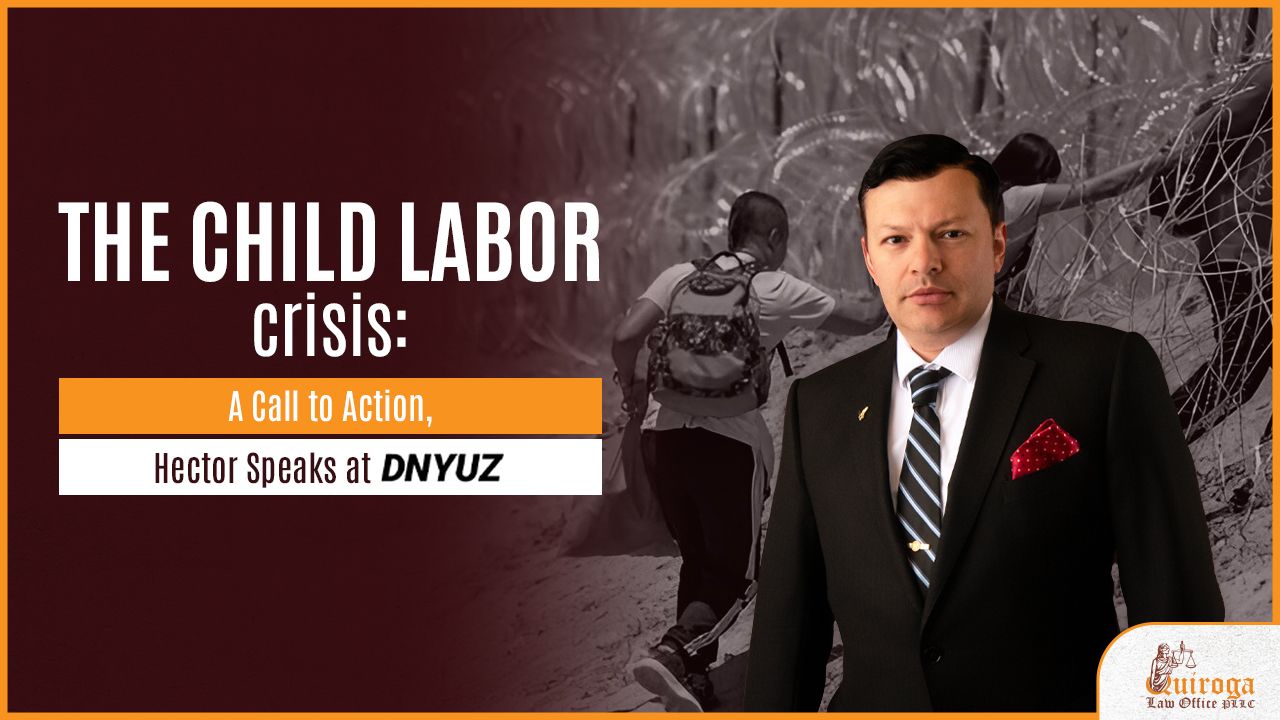The Sons of Immigrants
Seventy-five years ago this week, Franklin Delano Roosevelt signed Executive Order 9066. On its face, it was innocuous. Issued just over two months after Pearl Harbor it ‘merely’ gave the military the right to designate areas “from which any or all persons may be excluded.”
In that respect, it looked like an order that allowed the Army and Navy to simply keep people away from vital military bases all along the West Coast. Two months after Pearl Harbor there were still fears of a Japanese attack on a major port like San Diego or San Francisco.
No ethnic or racial group, or nationality, were mentioned in the order. Probably because none had to be – it was implicit from the signing that the Executive Order 9066 was meant to deal with the ‘issue’ of Japanese-Americans.
It took less than a week for men, women, and children of Japanese descent to begin to be ordered from their homes in parts of California. They were packed up and shipped off to make-shift camps. It didn’t take long before all Japanese-Americans in California were ordered to leave their homes and businesses. It did not matter that many of them were American citizens.
Oregon and Washington followed suit, Japanese-Americans were relocated to internment camps as far away as Arkansas. By the time the war ended over 120,000 Japanese-Americans were relocated. The United States Supreme Court, in its worst decision since Dredd Scott, affirmed the relocations in a 6-3 vote.
Between the anniversary of the order and the current political climate, there’s been a lot written about the internment camps over the last few days, and I’m sure they’ll be a lot more written in the upcoming weeks.
We’re writing today about something I find, well, amazing about this sad piece of American history. Something that’s almost inconceivable, yet inspirational and, perhaps, a view of what being an immigrant in the United States is really all about.
This post is really about the 442nd Regimental Combat Team. The 442nd was formed in late 1943 with a strength of 3,800 men. All of them were Japanese Americans.
The 442nd entered combat in the European Theatre in June, 1944. From then to the end of the war they were in constant combat through Italy, France, and Germany. A total of 14,000 Nisei served in the 442nd, so heavy were their casualties. They were, in fact, known as the ‘Purple Heart Brigade.’
Their motto was ‘Go for Broke.’
The 442nd is the most highly decorated unit – for its size – in the history of the United States military. 9,486 Purple Hearts. The unit was awarded eight Presidential Unit Citations; members of the unit earned 21 Medals of Honor; 52 Distinguished Service Crosses; 560 Silver Stars (plus 28 Oak Leaf Clusters for a second award); 22 Legion of Merit Medals; 15 Soldier’s Medals; 4,000 Bronze Stars; and, 9,486 Purple Hearts.
These were the children of immigrants. Immigrants that were treated abysmally by the United States. They accomplished all this while their parents, brothers, sisters, aunts and uncles were being held in camps far from home. Not before, not after – during.
I think it important to remember this today.

